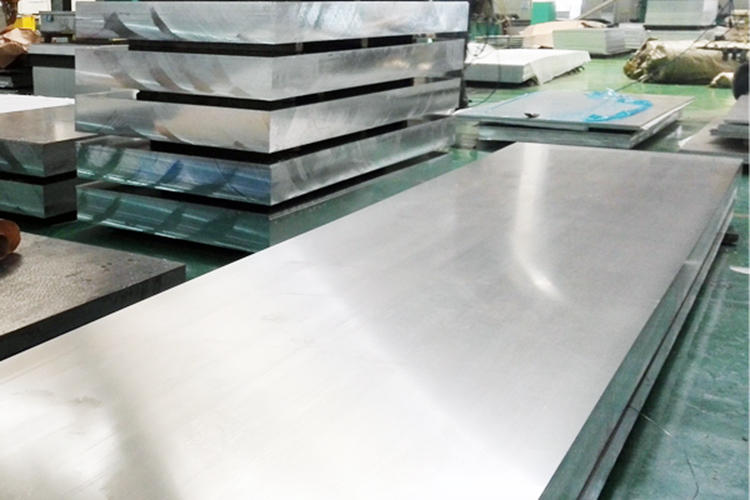The ability to heat treat an aluminum alloy depends on its alloying elements and their ability to form heat-treatable precipitates or phases. The primary difference between the 5000 series and 6000 series aluminum alloys lies in their alloying elements, which results in distinct heat-treatment properties.
5000 Series Aluminum Alloys:
The 5000 series aluminum alloys, such as 5052 and 5083, are primarily composed of aluminum, with magnesium (Mg) as the main alloying element. These alloys are not considered heat treatable because they do not contain elements that readily form heat-treatable precipitates, such as copper (Cu) or zinc (Zn). While magnesium can contribute to increased strength through cold working (strain hardening), it does not form strengthening phases when heated to specific temperatures and then quenched.
Instead, 5000 series alloys are often used in their annealed or H32/H34 temper conditions, where they have good formability and moderate strength. They can be strengthened through cold working, but this does not involve heat treatment.

6000 Series Aluminum Alloys:
The 6000 series aluminum alloys, including popular alloys like 6061 and 6063, contain both magnesium (Mg) and silicon (Si) as their primary alloying elements. These alloys are known as heat-treatable because they can be significantly strengthened through a heat treatment process called precipitation hardening (also known as T6 temper or artificial aging).
In the precipitation hardening process, the alloy is heated to a specific temperature, typically around 350°F to 450°F (175°C to 230°C), and then quenched to rapidly cool it. This forms fine precipitates of a strengthening phase (usually Mg2Si) within the aluminum matrix. These precipitates hinder dislocation movement, making the alloy stronger and more durable.

aluminum plate 6061
In summary, the difference in heat-treatability between 5000 series and 6000 series aluminum alloys is primarily due to their alloying elements. While magnesium is the primary alloying element in both series, 6000 series alloys also contain silicon, which enables the formation of heat-treatable precipitates and allows for substantial strengthening through heat treatment. Conversely, 5000 series alloys lack the necessary elements for this precipitation hardening process and are thus not considered heat treatable.
